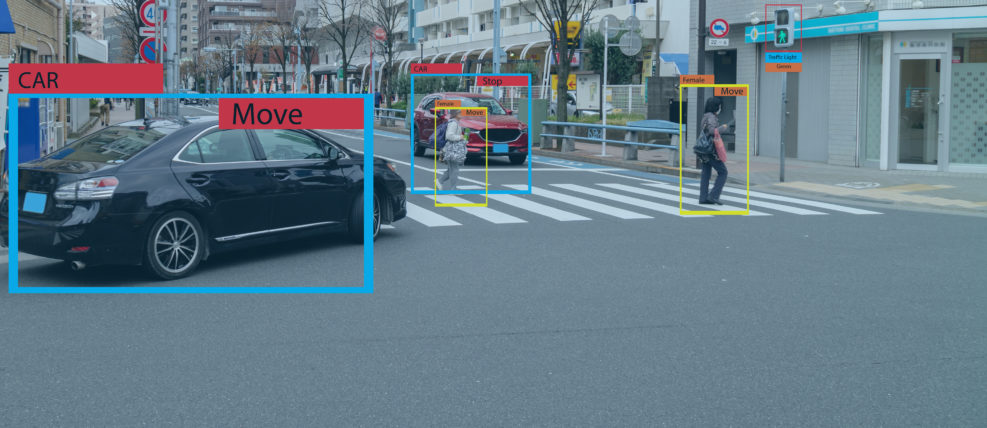
Serverless Computing: What Is It?
A serverless system makes for a more convenient and efficient experienceA new trend in cloud programming these days is known as “serverless” programming. This term is a bit confusing, because it does not mean that your code isn’t running on a server. What it does mean is that you don’t have to manage the server(s). The Physical Server In the early days of the Internet, nearly all communication was directly between the “client” (the person using a web browser or other application) and the “server” (the physical device you were communicating with). Of course, there is a limit to the number of connections that a single physical machine can process. Early on, several mechanisms were developed that allowed companies to grow their services beyond what a single machine could handle, Read More ›


















